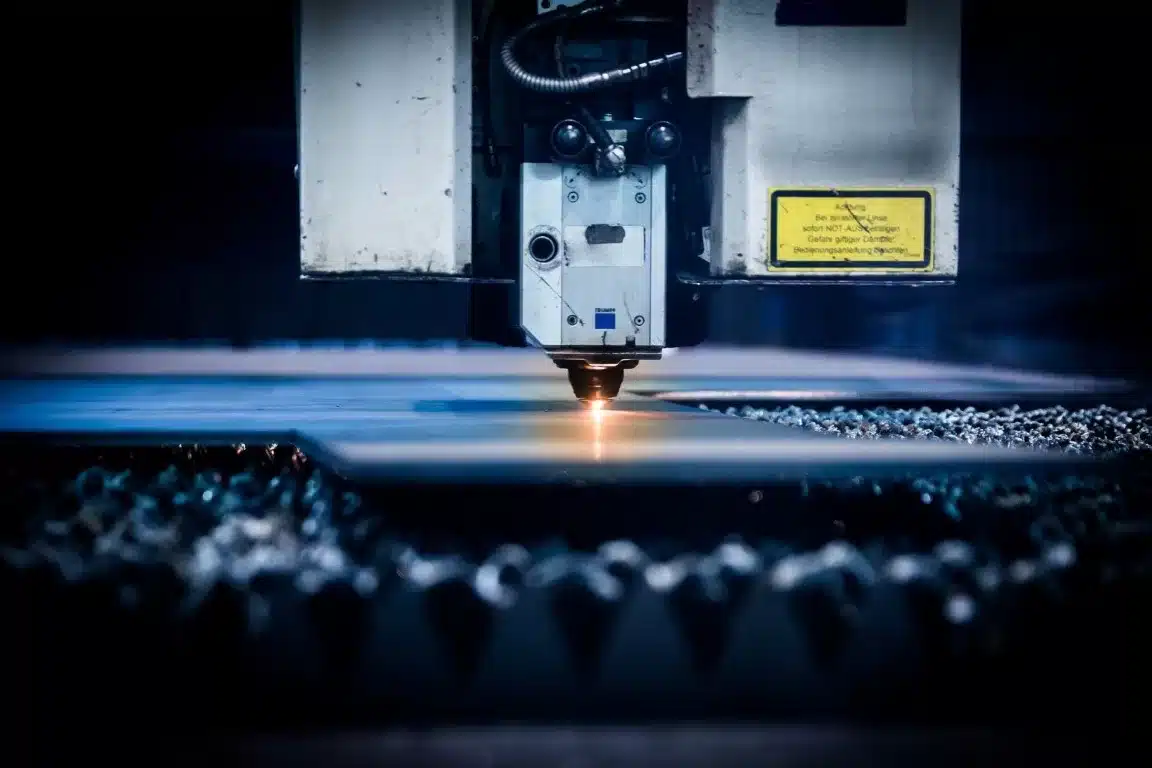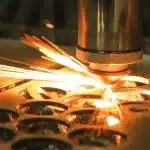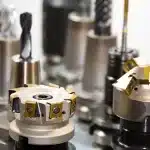As the world of manufacturing evolves, machine shops across the nation are continuously investing in technological advancements, research, and development to stay competitive. While venture capital is often viewed as the primary source of funding for these innovations, R&D tax credits present an often overlooked, yet highly rewarding alternative.
Understanding R&D Tax Credits
The Research and Development (R&D) Tax Credit is a government incentive designed to reward U.S. companies for increasing their investment in R&D within the country. Companies can receive refunds on their taxes based on a percentage of their qualified research expenses. For machine shops, these expenses can include wages, raw materials, software, and third-party contractor costs incurred for R&D purposes.
R&D Tax Credits vs Venture Capital
When it comes to funding, it’s important to consider the benefits and drawbacks of both R&D tax credits and venture capital. While venture capital can provide a large infusion of cash, it often comes with strings attached, such as equity stakes, strict reporting requirements, and pressure for rapid growth. On the other hand, R&D tax credits do not dilute ownership, involve no repayment, and can be claimed year after year, making them a stable and sustainable source of funding for continuous innovation.

“Some people call this artificial intelligence, but the reality is this technology will enhance us. So instead of artificial intelligence, I think we’ll augment our intelligence.” – Ginni Rometty
Applying Automation to R&D Tax Credits
With the advent of automation and AI technology, the process of claiming R&D tax credits has become significantly more streamlined. Automation can help identify eligible activities, track qualified research expenses, and manage claimant’s time surveys and employee activities. This not only reduces the time and resources required to prepare a claim but also increases the accuracy and comprehensiveness of the claim, maximizing the potential refund.
Venturing into Success
Embracing R&D tax credits as a funding strategy can significantly contribute to a machine shop’s success. By offsetting the costs associated with innovation and development, R&D tax credits can free up resources, enabling machine shops to invest in new equipment, hire additional staff, or expand operations. Moreover, with automation simplifying the claiming process, machine shops can focus more on their core activities, driving growth and technological advancement.
Claim Your R&D Tax Credit Today
Don’t let your hard work go unrewarded. Get an estimate of how much your R&D Tax Credit can be by selecting the button below. Turn your R&D expenses into a strategic investment in your machine shop’s future.

 - EN
- EN  - EN
- EN


